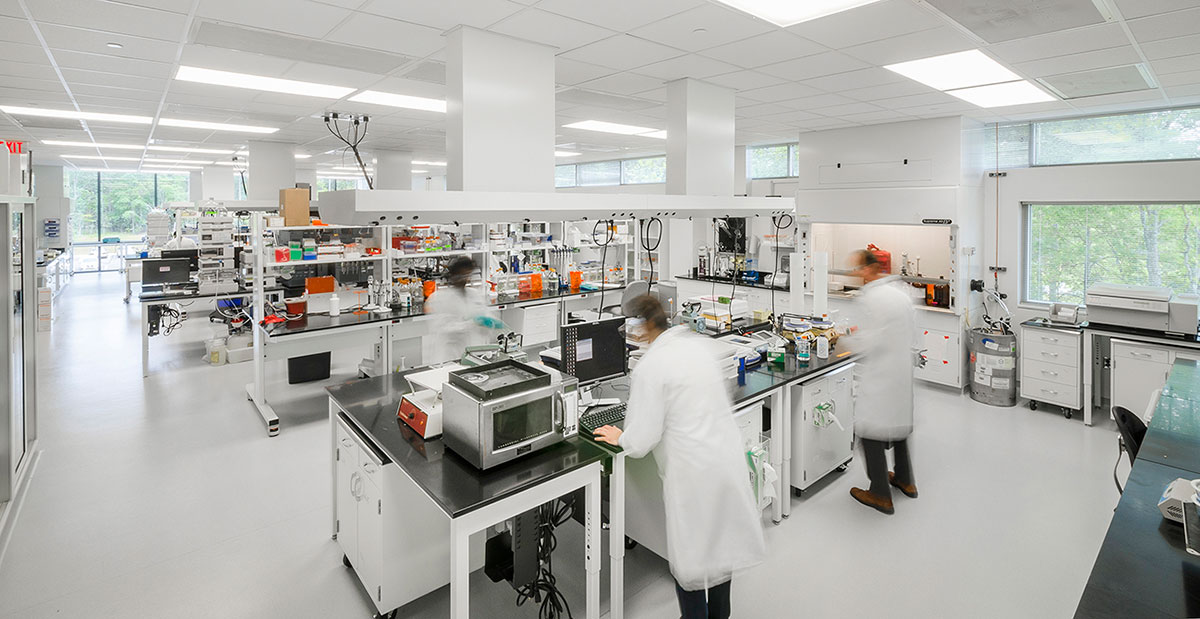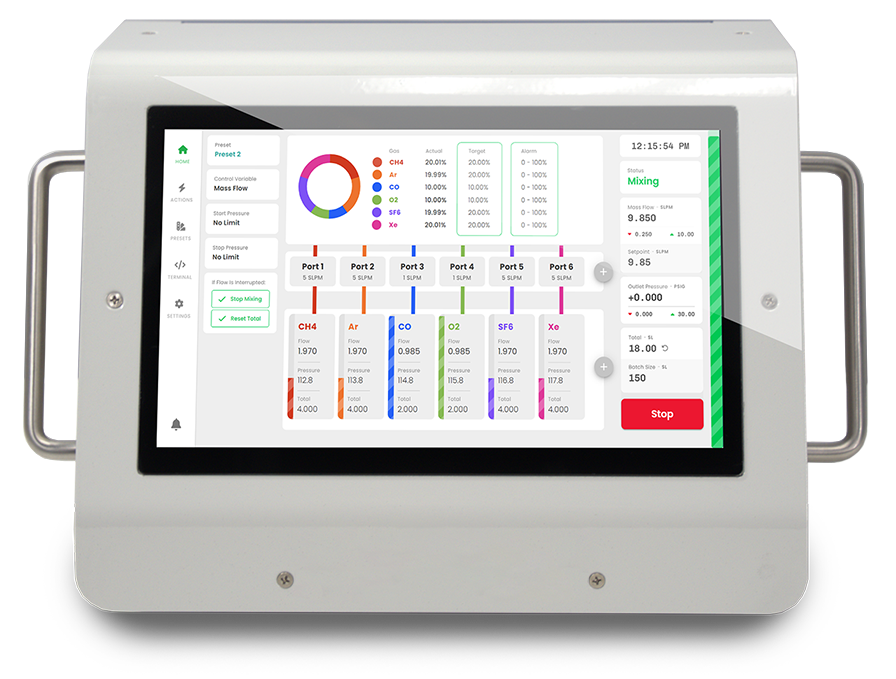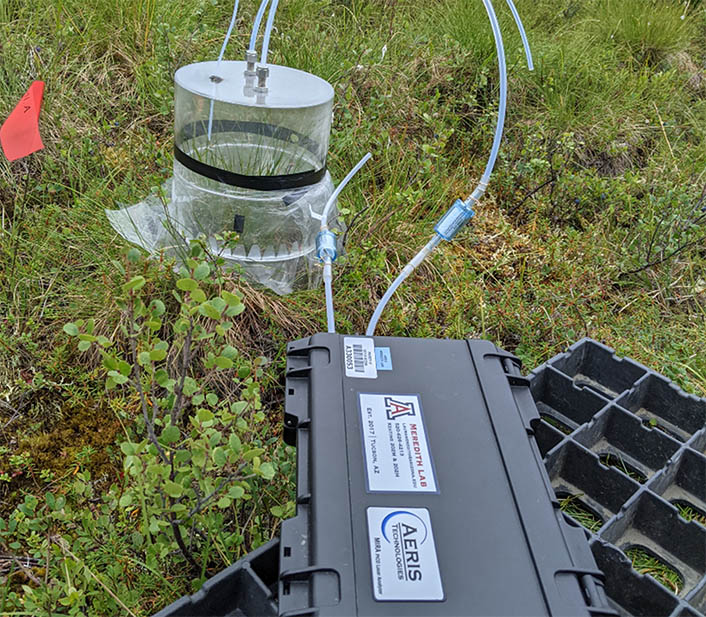· case studies · 3 min read
Validating carbon sulfide to improve carbon cycle models
University of Arizona's Meredith Lab validates carbon sulfide as a tracer molecule to improve carbon cycle models

One of the least understood aspects of the carbon cycle is the method by which carbon moves between the soil and atmosphere and how that movement is influenced by plant, fungal, and microbial communities. With the onset of climate change, it is critical to close this knowledge gap.
Without a tracer molecule, however, it is difficult to determine how much carbon is taken up by photosynthesis vs. how much is released through respiration. Dr. Laura Meredith at the University of Arizona seeks to validate and use the tracer molecule, carbonyl sulfide (OCS), to learn about these complex relationships.
Challenge: Accurately quantifying OCS uptake to create more robust climate change models
While OCS is taken up during photosynthesis, it is not respired. This means OCS can be used to gauge total carbon uptake by plants. It also provides insight into the distinct contributions of photosynthesis and respiration.
It’s important to be able to break this out because we can’t be confident that climate change will affect photosynthesis and respiration in the same way, which could create an imbalance in the system. To build better models, we need to be able to resolve and study these two processes independently. The balance between the two is critical to understanding how much carbon is kept in the ground vs. how much is released into the atmosphere.
-Dr. Laura Meredith
Solution: Diluting and flowing OCS molecules from 7 ppm to 50-10,000 ppt with a turnkey gas mixer
The Meredith lab planned an experiment to determine the correlation between OCS concentration and subsequent OCS uptake. Understanding this relationship as well as the reaction parameters and required enzymes is key to determining the reaction rate and confirming the use of OCS as a tracer molecule.

To investigate the full range of the reaction, the team needed a way to vary the inflow concentrations of OCS from 50 ppt to 10,000 ppt. They acquired a Fusion Flow turnkey gas mixing system, able to dilute a 7 ppm OCS gas source by more than five orders of magnitude. The Meredith lab can use this gas mixing system to test at a wide range of OCS concentrations with incremental changes, getting them closer to validating OCS as a tracer molecule.
What’s next for the Meredith lab?
Once the reaction rate of the microbial enzymes and fungal cultures is known, Dr. Meredith and her team can develop a model of OCS as a tracer for the carbon cycle. Dr. Meredith aims to independently establish similar models for other segments of an ecosystem, and then combine them to determine the total gas flux in the ecosystem. This combined model will be used to predict and better understand results from her lab’s field work in Alaska. There are few nighttime hours during the growing season in Alaska that allow other carbon cycle partitioning methods to be used, so having this model as a basis for their fieldwork will be instrumental.

Flux chamber at the Healy NEON site used to measure surface exchange of carbonyl sulfide and carbon dioxide with the atmosphere in light (as pictured above) and dark conditions (after covering with a dark cloth), using a portable mid-infrared trace gas analyzer
Photo by Dr. Laura Meredith